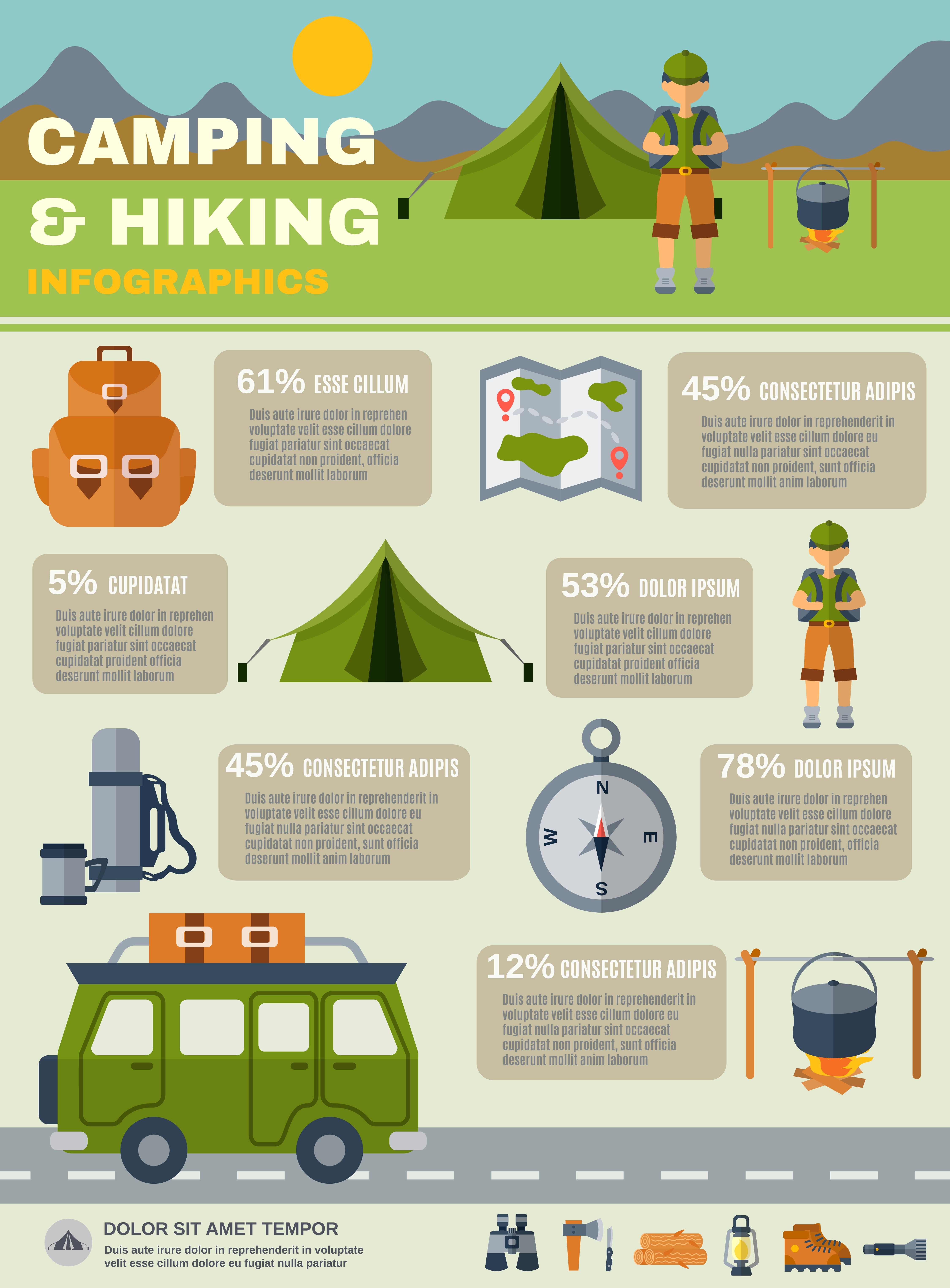From the nomadic tribes of Central Asia to glamping sites worldwide, bell tents have actually ended up being a symbol of rustic journey. Their iconic shape and large insides create an ambiance that is both comfy and impressive.
What are the 4 types of tents?
Their origins can be mapped to military camping tents made by Henry Hopkins Sibley, who patented the cone-shaped canvas shelter in 1856. The style was based upon the Indigenous American teepee and was developed to be conveniently put together, durable and portable.
Beginnings
The bell tent has been a staple for exterior fanatics since the 19th century. The style is rooted in military tents that saw service in the Crimean War, and later came to be prominent with scout groups across America. The American Sibley camping tent was a version of the European bell tent. Its creator, Henry Hopkins Sibley, took ideas from the Native American tepee when producing his variation. His design included a single facility pole, increased bigger walls and an airing vent cap that permitted smoke from the stove to get away.
Today, modern-day canvas bell camping tents use a feeling of high-end for camping fans and are a preferred choice for glamping resorts. With a sizable inside and an attractive shape, these tents can be decorated with furnishings and design to develop a comfortable and intimate atmosphere for owners. The circular design likewise aids with wind resistance and allows for adaptable indoor layouts. The easier layout with fewer poles and risks makes it less complicated to set up camp and transport to various areas.
Military Use
The Bell Camping tent was a home-away-from-home for several soldiers in the 18th century. It was used on the battleground along with for command centres and field hospitals.
Its capacity to be quickly set up in a variety of objective situations enabled it to work as a reliable sanctuary and work space. Its modular layout means it can expand or contract to fit the requirements of different sized groups and objectives.
On top of that, it can be conveniently transported using a range of cars and hands-on transport, making it a useful option for armed forces and rescue procedures. Its light-weight, small nature likewise makes it much easier for soldiers or rescuers to lug and trek throughout intricate terrain to reach their objective site. This saves important time and resources.
Glamping
With the rise of glamping, bell camping tents ended up being popular as a glamorous outdoor camping option. Their renowned silhouette creates a magical ambiance and can be fitted with stylish home furnishings to include an added touch of convenience to your outdoor camping experience.
In the 19th century, the armed forces adapted the design to make it much more durable and glamping tent practical for use on battle zone and explorations. Pet hides were replaced by canvas that had been treated with waterproofing agents, enabling the bell tent to hold up against rough weather conditions.
The bell outdoor tents's usefulness captured the interest of leisure campers, and it quickly gained appeal as a camping tent for camping trips and other outdoor occasions. It is currently a staple at shop camping websites, songs events, and eco-resorts, where it uses a blend of fond memories and class.
Style
The bell tent's simple layout stood out of leisure campers, and it soon came to be a staple amongst those who wanted to experience the outdoors in vogue. Today, you can discover these versatile frameworks in campgrounds and at glamping retreats throughout the world.
The first copyrighted version of the bell tent was created by Henry Hopkins Sibley throughout the American Civil War, attracting inspiration from Native American tipis. He included a single central post, brief side walls, and an aired vent "cap" for smoke from an oven to create his cutting-edge camping tent.
In time, Sibley's layout enhanced with the addition of breathable canvas and various other materials that permitted the camping tent to regulate its temperature level. Modern bell camping tents are made from a variety of products, including cotton and mixes with flame resistant material to reduce fire threats. Their roomy insides are best for preparing furniture to develop comfortable sleeping locations and lounge spaces. They are additionally lightweight and easy to set up, making them a fantastic selection for novices or anyone trying to find a stress-free outdoor camping experience.
Are tents waterproof?
